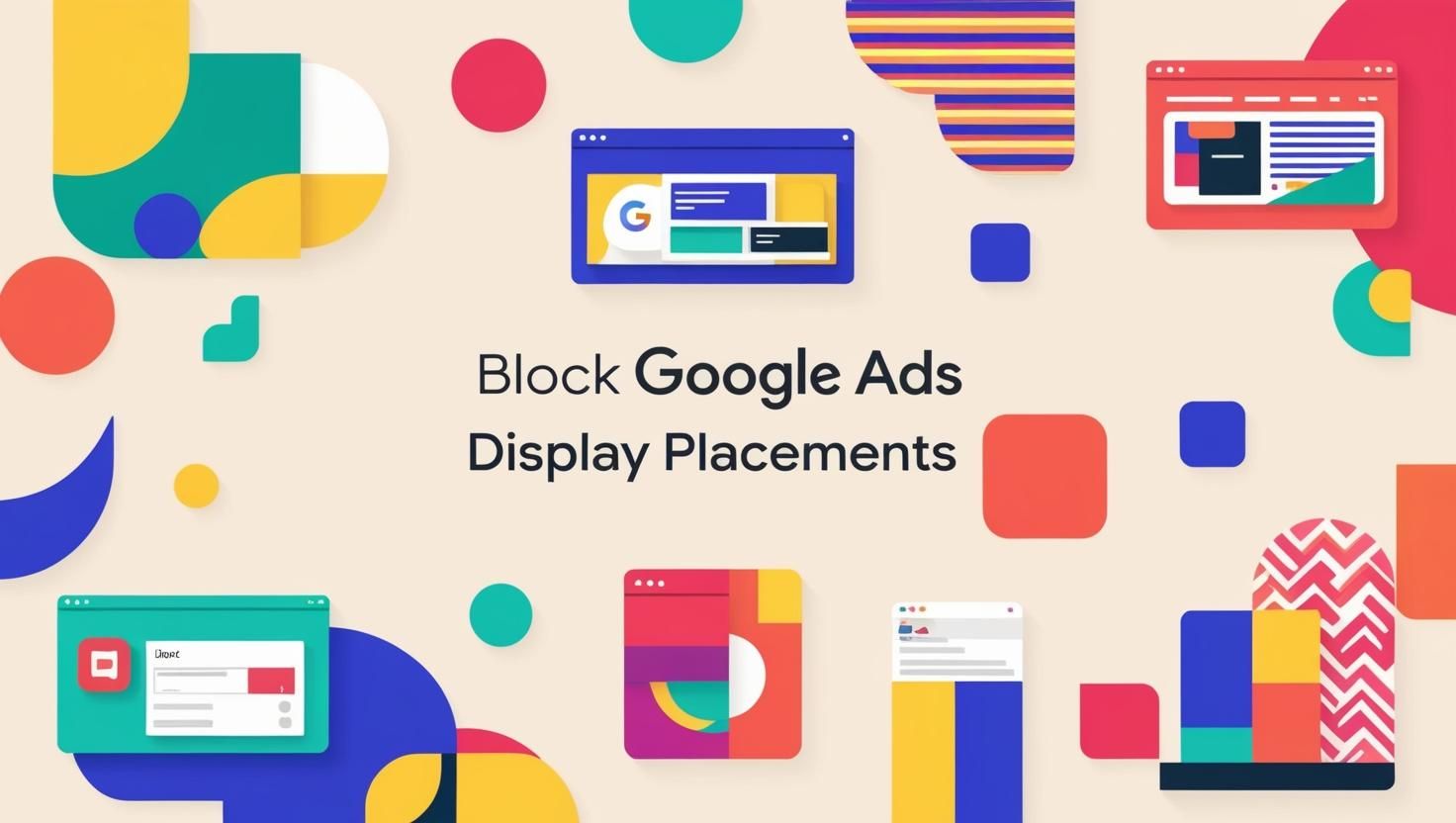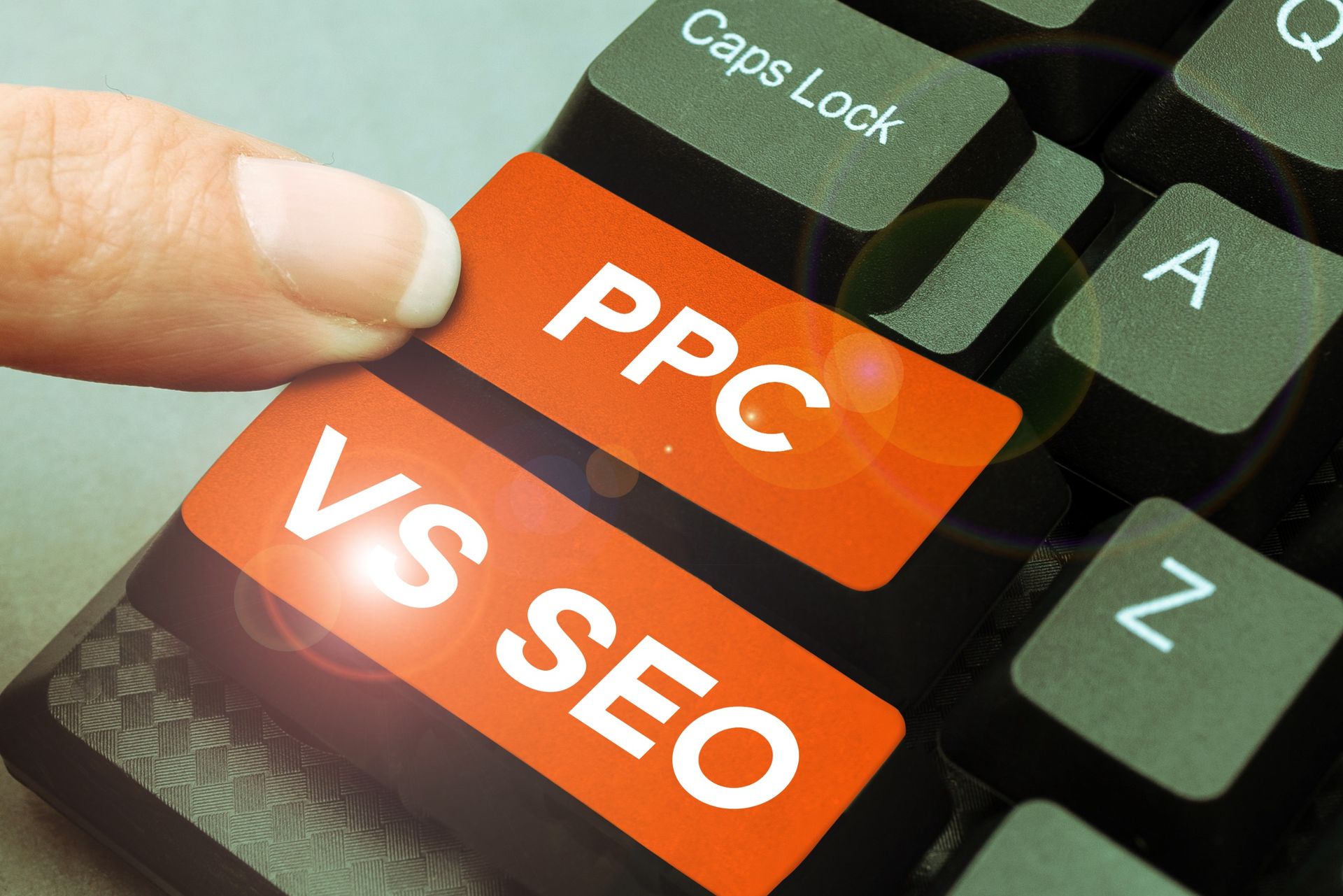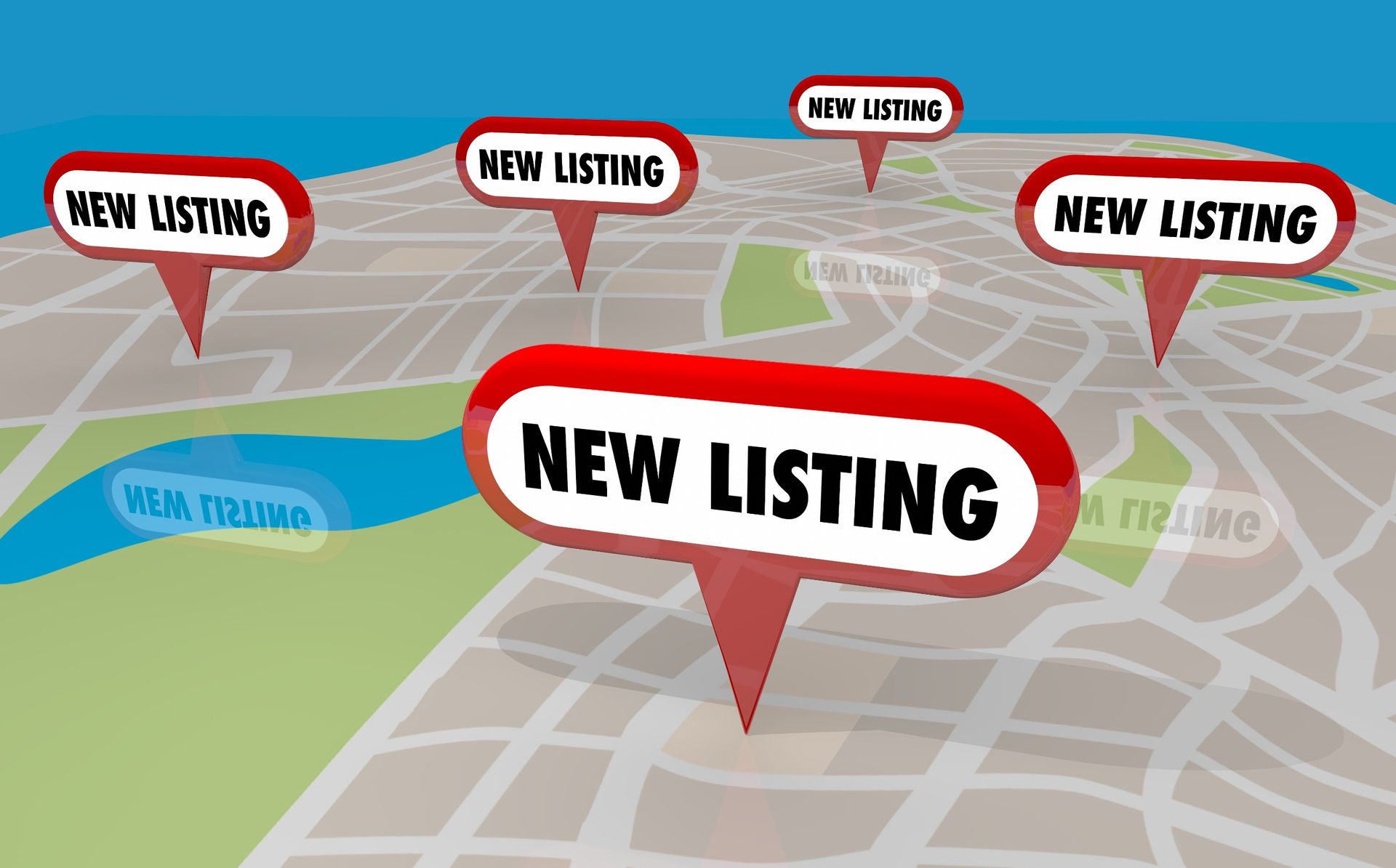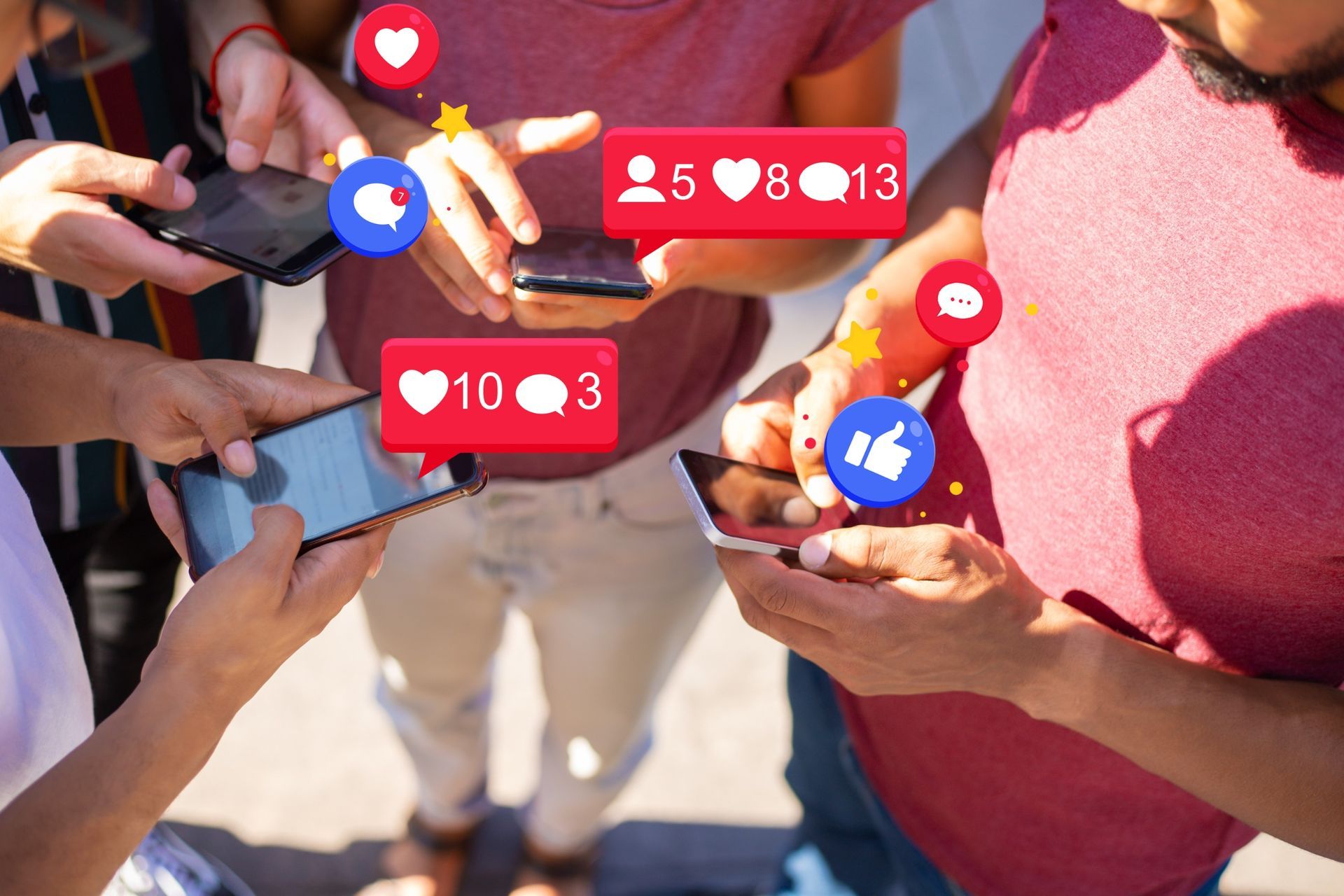A Beginner-Friendly Guide to Google Ads for 2024
Are you looking for ways to stay ahead of the competition in digital marketing? Have you been trying to find tried-and-tested methods that can help you get the best out of your ad campaigns in 2024? Look no further!
In this comprehensive guide, we will cover everything from basic concepts and processes related to Google Ads, all the way up to advanced strategies for improving your returns on investment (ROI)!
Whether you’re completely new to digital advertising or a seasoned expert, there is something here for everyone. So keep reading and start leveraging the power of Google Ads today!
What is Google Ads and How Can It Help Your Business Grow in 2024?
Google Ads, previously known as Google AdWords, is an online advertising platform developed by Google. It allows businesses to display brief advertisements, service offerings, product listings, and video content to web users within the Google ad network.
As we move into 2024, Google Ads continues to be a potent tool for businesses to reach a wider audience and generate more leads. It targets potential customers based on keywords, demographics, and location, ensuring your advertisements reach the most relevant audience. With its cost-per-click (CPC) payment model, you only pay when someone clicks on your advertisement, making it a cost-effective solution for businesses of all sizes.
Moreover, Google Ads provides measurable results and insights, helping businesses to understand the effectiveness of their ad campaigns and allowing them to make data-driven decisions.
By leveraging Google Ads in 2024, businesses can anticipate market trends, reach more potential customers, and ultimately drive more growth.
The Basics of Creating an Account and Setting Up a Campaign
The process of starting with Google Ads is fairly straightforward. The first step is to create an account on the Google Ads platform.
To do this, visit the Google Ads homepage and click on the "Start now" button. Follow the on-screen instructions to set up your account, including entering your email address, the URL of your website, and your business's physical location.
Once your account is set up, it's time to start your first campaign. In the Google Ads dashboard, click on the "Campaigns" tab and select "+ New Campaign." Google Ads will then guide you through the steps of creating your campaign.
You'll need to choose your campaign type (such as search, display, or video), set your advertising goals (such as website traffic, leads, or brand awareness), and define your audience.
Next, determine a budget for your campaign. Google Ads operates on a pay-per-click model, so you'll be setting the maximum amount you're willing to pay each time someone clicks on your ad. Remember, the more you're willing to pay, the more often your ad will show.
Finally, create your ad. It will involve crafting compelling ad copy, and possibly even designing an image or video. Be sure to use keywords relevant to your product or service, as these are what potential customers will be searching for.
After all these steps are completed, you can launch your campaign and start tracking its performance through the Google Ads dashboard. And with that, congratulations – you're on your way to becoming a Google Ads expert!
The Different Types of Ad Formats Available on Google Ads
Google Ads offers a variety of ad formats to cater to different advertising needs. Each ad format is designed to help businesses achieve specific objectives. Let's delve into the different types of ad formats available on Google Ads:
- Search Ads: These are text ads that are displayed on Google search results pages when users search for keywords related to your products or services. Search ads are highly effective for driving website traffic and generating leads.
- Display Ads: Display ads are visual banners that appear on websites within the Google Display Network. They are ideal for increasing brand awareness and reaching users while they are browsing online.
- Video Ads: Video ads are displayed before, during, or after videos on YouTube and other Google Display Network sites. They offer an engaging way to capture the attention of your audience and can be a powerful tool for storytelling and showcasing products or services.
- Shopping Ads: Shopping ads show a photo of your product, along with a title, price, store name, and more. They appear in Google Shopping results and on Google search results. These are highly effective for ecommerce businesses.
- App Ads: App ads are designed to drive app downloads and engage your app audience. They can appear across Google’s largest properties, including Search, Google Play, YouTube, and the Google Display Network.
Each ad format has its unique advantages, and the choice of format should depend on your advertising objectives, target audience, and the nature of your products or services.
All this information can be overwhelming, and quite frankly it is difficult to manage if you are new to digital advertising. Whale Traffic with its expertise and years of experience can handle your advertising for you and help you achieve the desired results.
Tips on Crafting the Perfect Ad to Reach Your Target Audience
Crafting the perfect ad to reach your target audience involves a combination of creativity, strategy, and a keen understanding of your audience's needs and preferences. Here are a few tips to help you create effective Google Ads:
- Understand Your Audience: To create an ad that resonates, you must first understand who your audience is. What are their interests, needs, and behaviors? Use this information to create a customer profile that will guide your ad creation process.
- Use Relevant Keywords: Keywords are the backbone of Google Ads. They help your ad connect with the right audience. Use keywords that your audience would use to search for your product or service. Google's Keyword Planner can help identify popular and relevant keywords.
- Create Compelling Headlines: Your headline is the first thing people see. It should be eye-catching and compelling enough to make the person want to learn more. It should also include your main keyword for better visibility in search results.
- Focus on Benefits, Not Features: People are interested in how your product or service can solve their problems or improve their lives. Highlight the benefits of your offering rather than just listing its features.
- Include a Clear Call to Action (CTA): Your ad should guide your audience on what to do next. Whether it's "Buy Now," "Sign Up," or "Learn More," make sure your CTA is clear and compelling.
- Test and Optimize: The key to a successful Google Ads campaign is constant testing and optimization. Run different versions of your ad to see which performs best, and continually refine your ads based on the results.
Remember, the goal of your Google Ad is to attract potential customers and compel them to take action. By following these tips, you can craft ads that are engaging, targeted, and effective in driving conversions.
Monitoring and Measuring Your Campaign’s Performance
Knowing how to monitor and measure your campaign’s performance is critical for optimizing your Google Ads strategy. It helps you understand what's working and what isn't, so you can make data-driven decisions to improve your ROI.
To start monitoring your campaign, navigate to your Google Ads dashboard. Here, you can see an overview of your campaign’s performance, including metrics like clicks, impressions, cost, and conversion rate.
Let's delve into some important metrics you should monitor:
- Clicks: This metric tells you the number of times users have clicked on your ad. A high number of clicks can indicate that your ad is relevant and compelling to users.
- Impressions: Impressions are the number of times your ad was shown. If you have a high number of impressions but low clicks, you may need to improve your ad's relevancy or design.
- Click-Through Rate (CTR): CTR is the percentage of impressions that resulted in a click. It's a good indicator of how relevant and engaging your ad is.
- Conversion Rate: Conversion rate is the percentage of clicks that led to a desired action, such as a purchase or signup. A high conversion rate means your ad and landing page are effective in prompting users to take action.
- Cost per Conversion (CPC): This metric shows how much you pay for each conversion. It's important to understand the ROI of your campaign.
- Quality Score: This is Google's rating of the quality and relevance of your keywords and PPC ads. It plays a crucial role in determining your cost per click and your ad rank.
To measure the success of your campaign, set up conversion tracking in Google Ads. This tool allows you to track specific actions users take after clicking on your ad, such as making a purchase or filling out a form. Comparing these conversion metrics with the cost of your ads will give you your return on investment (ROI), a crucial measure of the profitability of your campaign.
Wrapping Up!
As we have seen, Google Ads can be a powerful tool to help your business grow. By setting up your account and developing an eye-catching ad campaign, you can get the attention of your target audience and increase your overall reach.
When it comes to monitoring and measuring performance, tracking performance metrics and knowing when to adjust strategies is key.
Now that you have the knowledge base on Google Ads, take the next step in giving your business the advantage it deserves. With the right strategy in place, 2024 is set to be a banner year for your business!
About Whale Traffic
There is no one better to be on your side if you are embarking on your marketing journey and looking for a reliable and experienced partner to handle your digital advertising.
We have worked with clients across industries and sectors and have helped them achieve their marketing goals.
Our talented team has expertise in several marketing channels and platforms and works together to hit the mark! Our services include display ads, search ads, social ads, and more. You can reach us at
18446994253 or fill out our
contact form to know more.










